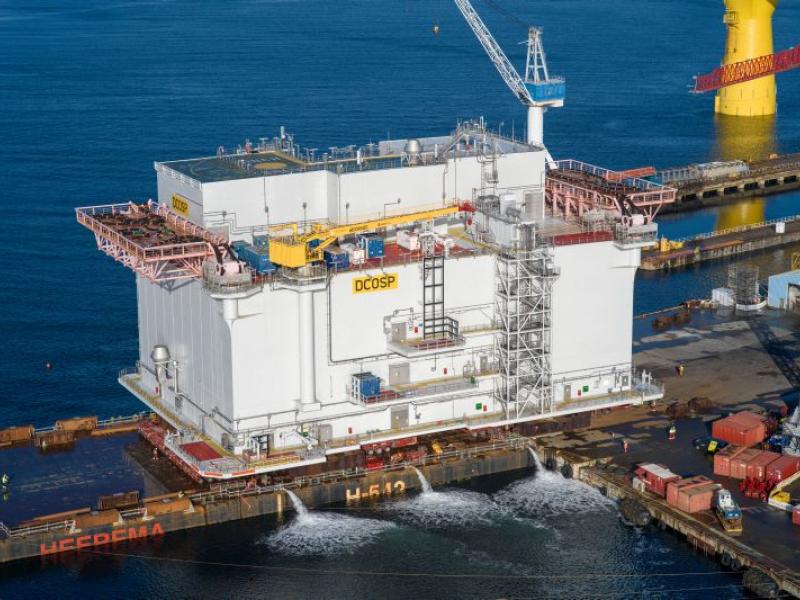In 2013, the world crude steel production turned out a whopping 1,582.5 million tonnes, which is about the weight of about 158,249 Eiffel Towers (at 324m per tower).
So it is not surprising that the steel industry is worth billions in any currency, making it the second largest industry in the world after oil and gas. It is also one of the planet’s most successfully recycled productS as it can be recycled without loss of strength. In the USA, for example, it is reported that almost 69% of steel is recycled – around 81 million tonnes – which is more than that country’s paper, aluminum, plastic, and glass combined. Steel is used is almost every industry and more than two million people around the world are employed because of it.
While steel has been around for a while, 75% of existing steel types have been developed in the last 20 years. It is a product more precious than diamonds, in a way. Who would have ever thought, then, that there is a new product that has the potential to be 10x stronger than steel? Apparently lighter than the flimsiest plastic, the new super-material is made up of flecks of graphene fused together into a cobwebby network and
is almost completely hollow.






